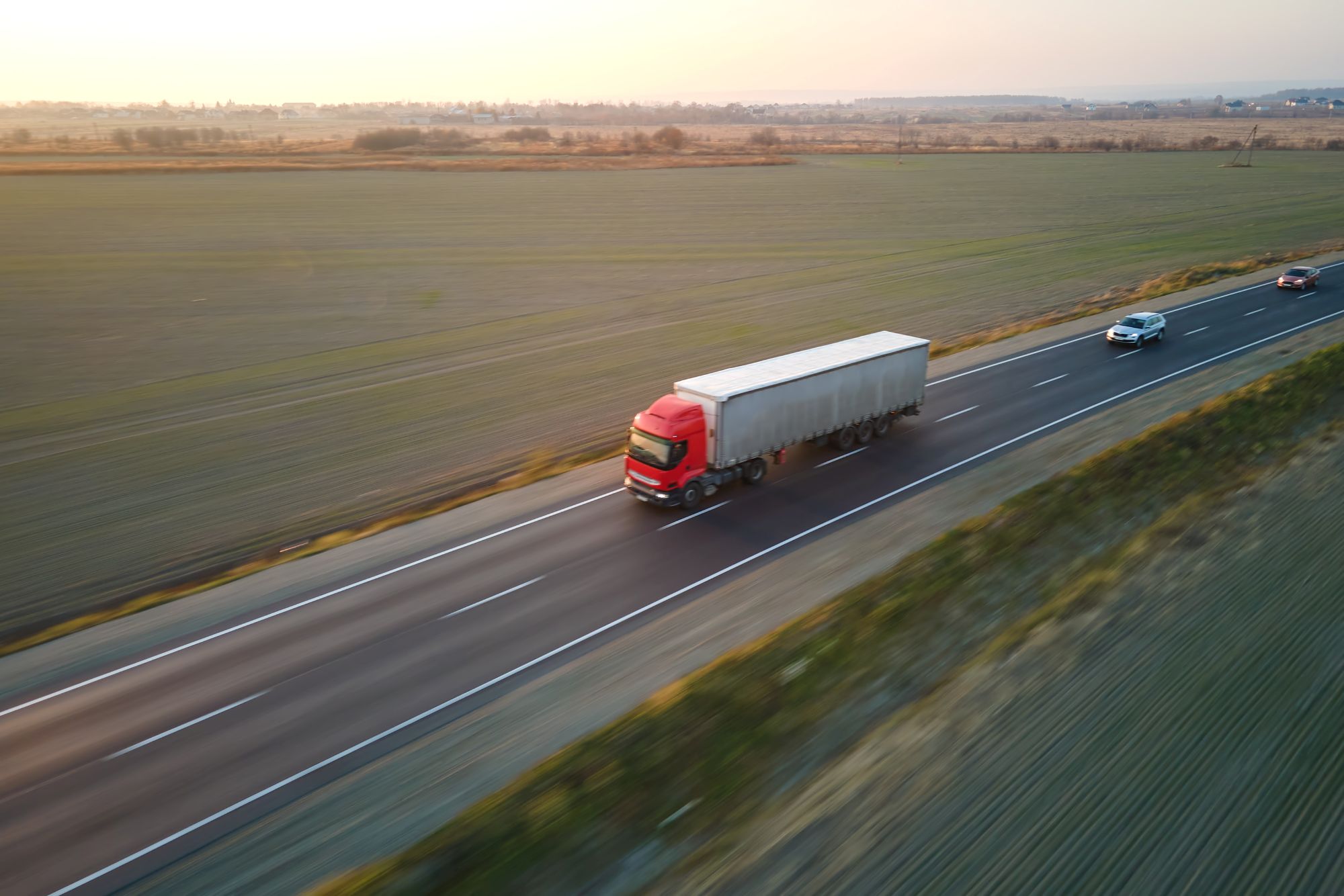
Susie Jones
Vezetőhiány az Egyesült Királyságban: Javulnak a számok?
Létrehozva: 12. 02. 2025
•
Frissítve: 12. 02. 2025
Aki a fuvarozási ágazatban dolgozik, annak nem idegen a "járművezetőhiány" kifejezés - ez a kifejezés túlságosan is gyakori, amióta a COVID-19 és a Brexit megzavarta az ágazatot. Az Egyesült Királyságot keményen sújtotta ez az időszak, mivel sok uniós járművezető elhagyta az országot - ez nagy veszteség, mivel az európai járművezetők a tehergépkocsi-vezetői munkaerő jelentős részét tették ki.
Hat hónappal az aktuális témáról szóló [cikkünk] (https://snapacc.com/newsroom/addressing-the-hgv-driver-shortage-in-the-uk-in-20242025/) után megvizsgáljuk, hol tart most az ágazat.
Növekszik a hivatásos járművezetők száma az Egyesült Királyságban.
A [Logistics UK] (https://motortransport.co.uk/uk-professional-driver-numbers-increase-by-more-than-a-fifth/25167.article) által közzétett adatok szerint az elmúlt évben közel 55 000 tehergépkocsi-vezetővel nőtt a foglalkoztatottak száma, ami 21%-os emelkedést jelent.
Mi változott, hogy több járművezetőt vonzzon?
Számos kezdeményezés valósult meg az Egyesült Királyságban a járművezetőhiány enyhítésére.
Finanszírozás: A kormány 33 kezdeményezést hajtott végre a hiány enyhítésére. Ezek közé tartozik többek között a késő esti szupermarket-szállításra vonatkozó szabályok enyhítése, a járművezetők felkészítő táborai és a rendelkezésre álló járművezetői vizsgák számának növelése.
Munkakörülmények: A tehergépkocsi-vezetők jobb munkakörülményeket követelnek az Egyesült Királyságban, 55%-uk jobb létesítményeket szeretne. Az Egyesült Királyság kormánya 16 millió fontot biztosított a teherautó-megállók számára a létesítmények javítására.
- Közösségi média: Az influencerek jelentős szerepet játszottak az iparággal kapcsolatos közvélemény megítélésének megváltoztatásában. Az olyan sofőrök, mint Trucker Liam és Jodi Smith arra használják a platformjaikat, hogy rávilágítsanak az ágazatban való munka magas és mélypontjaira.
Egy korkülönbség továbbra is fennáll.
A Logistics UK arról is beszámolt, hogy a 35 év alatti járművezetők száma 31 630 fővel nőtt 2023 harmadik és 2024 harmadik negyedéve között. Ennek ellenére az iparág még mindig az idősebb járművezetőkre támaszkodik - az ágazatban több mint 53% az 50 éves vagy annál idősebbek aránya.
Az RHA [Tehergépkocsi-vezetők: A létfontosságú kapcsolat] című jelentése (https://www.rha.uk.net/news/news/detail/rha-report-200-000-hgv-drivers-needed-in-next-5-years) kezdeményezéseket javasol a fiatalabbaknak az ágazatba való bevonására:
A 8 Gatsby-kritérium teljes körű végrehajtása, hogy a tudatosság növelése érdekében valamennyi iskoláskorú diák számára hatékony pályaorientációs rendszert biztosítsunk.
Az iskolákkal és főiskolákkal való együttműködés fokozása.
Formális iskolai vagy főiskolai végzettség, például T-Level megszerzése.
Logisztikai modulok beépítése a jelenlegi tantervbe.
A kormány által támogatott kezdeményezések kihasználása a "Make Work Pay" program keretében, a logisztika mint elérhető és kifizetődő karrierút bemutatása.

Mit kell még megváltoztatni?
Bár már megkezdődött a járművezetőhiány kezelése, még több munkára van szükség ahhoz, hogy elkerüljük a 2021-es év megismétlődését:
Több kormányzati finanszírozást kell biztosítani a kamionmegállók számára a létesítmények fejlesztéséhez.
Folyamatos támogatás nyújtása a pályakezdő járművezetők számára, beleértve a képzési költségek csökkentése érdekében szervezett felkészítő táborokat.
Nagyobb rugalmasság biztosítása az új növekedési és készségfejlesztési illeték keretében.
Helyi szintű együttműködés az iskolákkal és főiskolákkal az iparágban való karrier népszerűsítése érdekében.
Miért hagyják el a tehergépkocsivezetők az iparágat?
A tehergépkocsivezetők számos okból kifolyólag hagyják el az ágazatot:
Elöregedő munkaerő: A tehergépkocsivezetők száma meghaladja az 50 évet, ezért az ágazatban egyre több járművezető vonul nyugdíjba.
Munkaidő: A tehergépkocsi-vezetés magányos szakma, a sofőrök hosszú, rendszertelen és antiszociális munkaórákat töltenek a volán mögött.
Munkakörülmények: A létesítmények állapota, a hosszú munkaidő és a kiszámíthatatlan időbeosztás miatt jelentős aggályok merültek fel.



